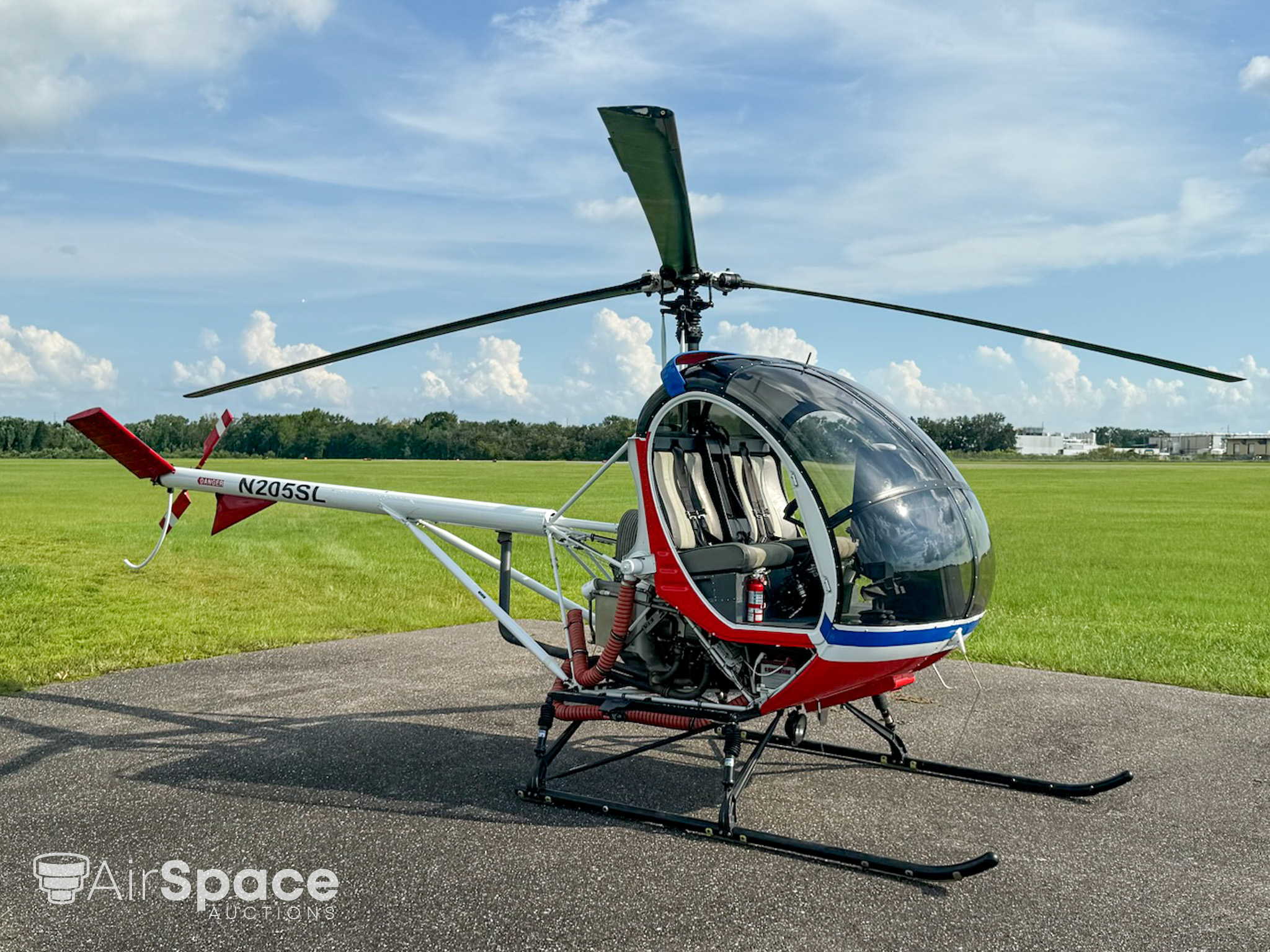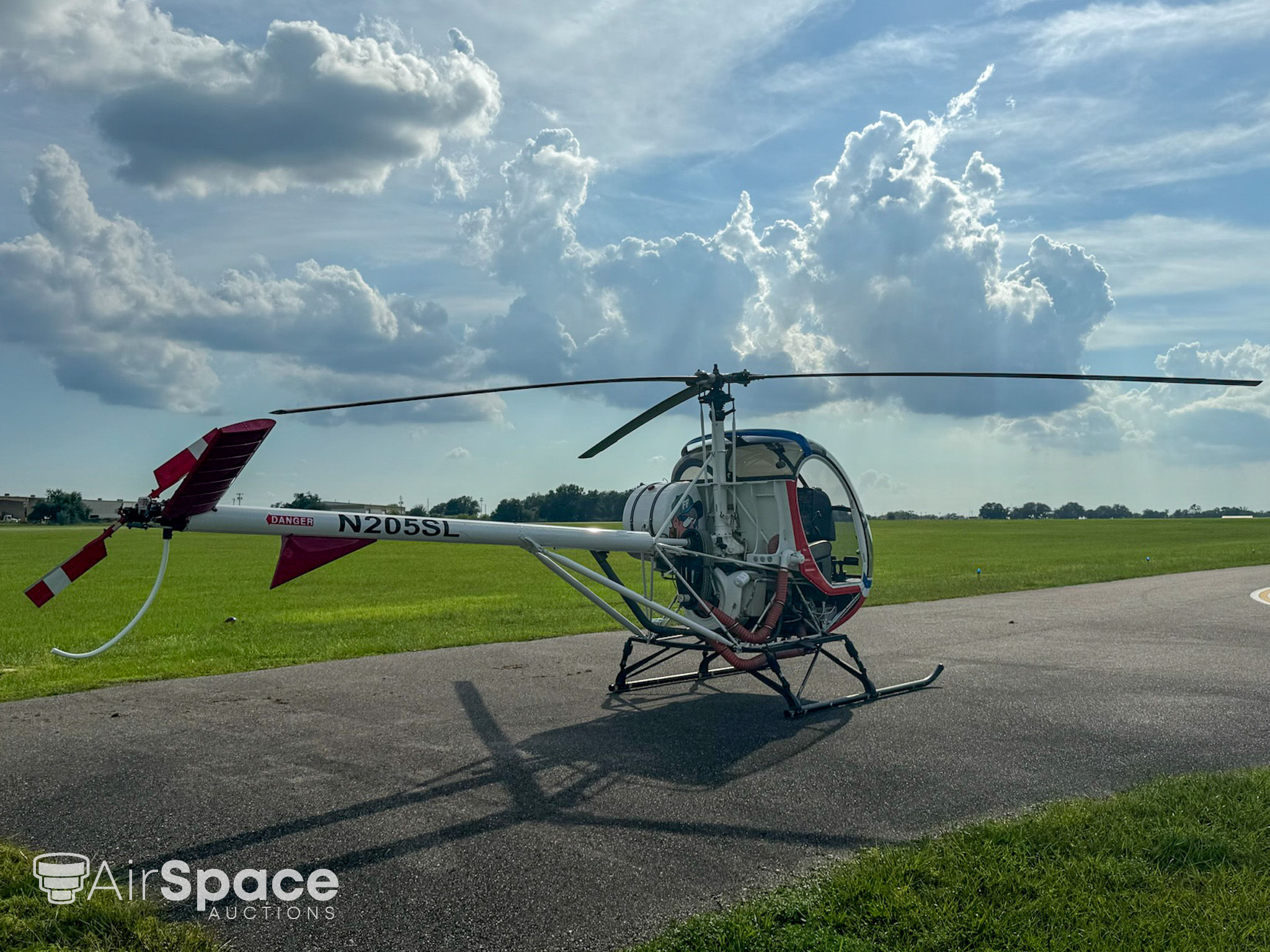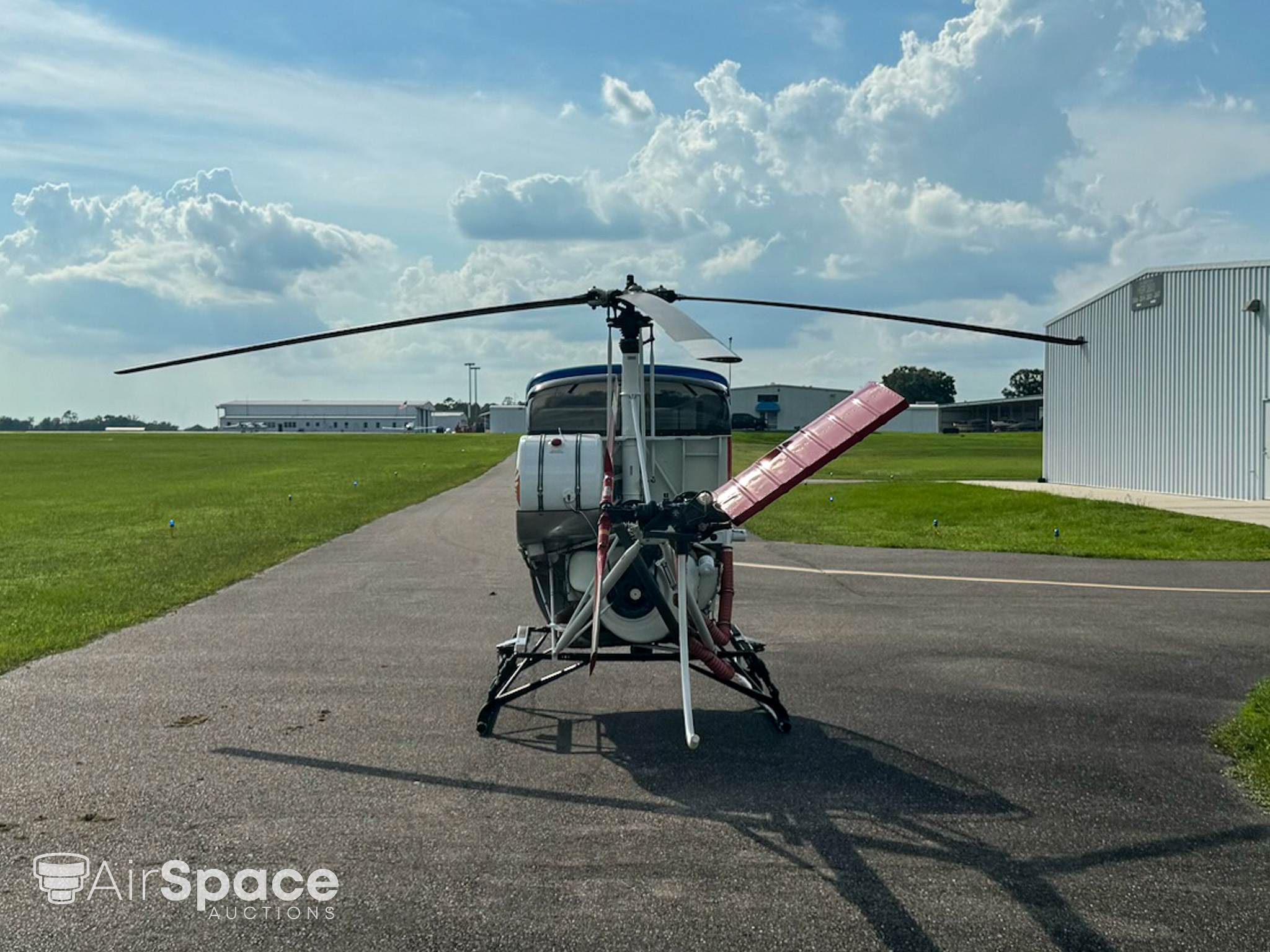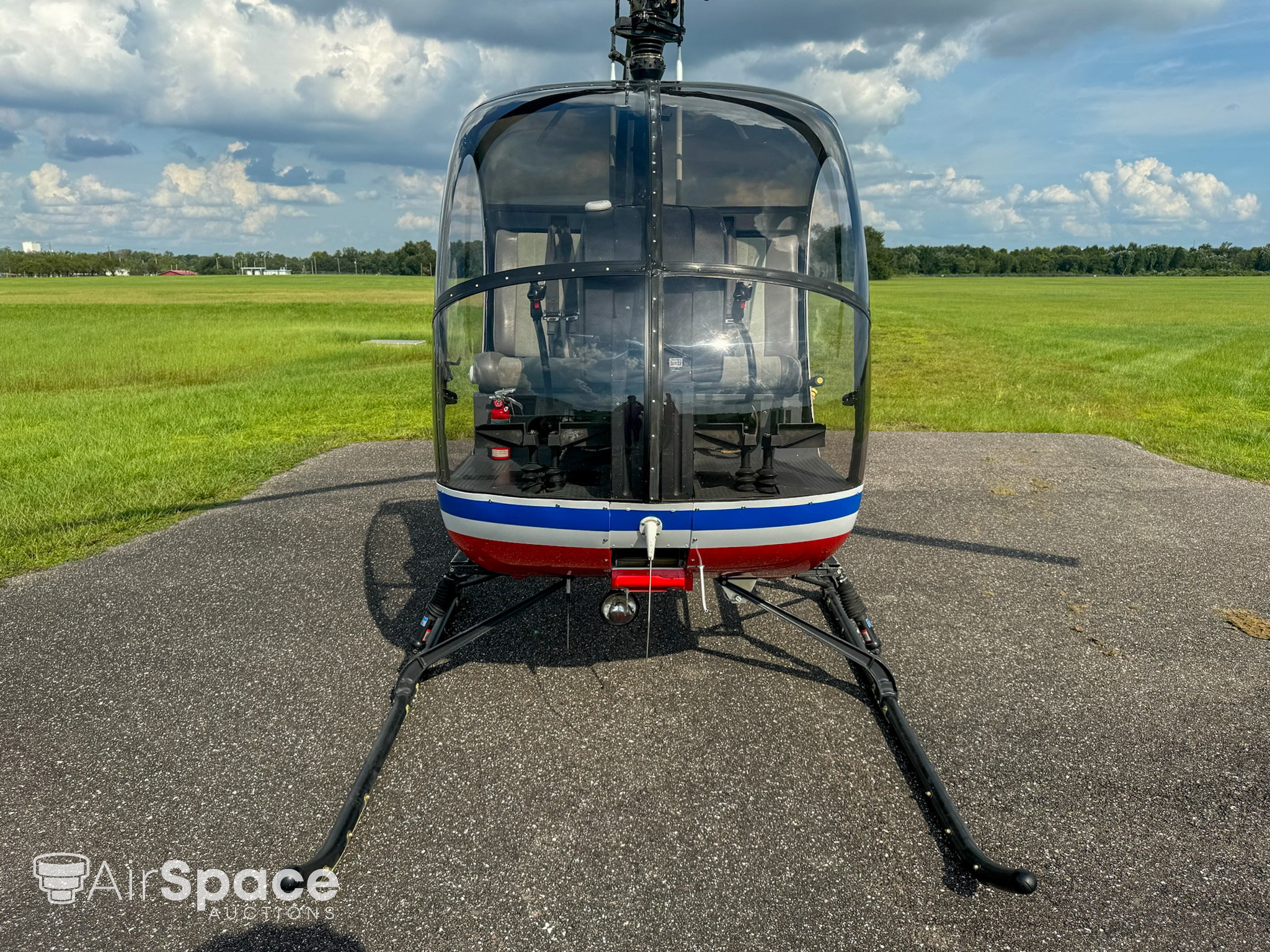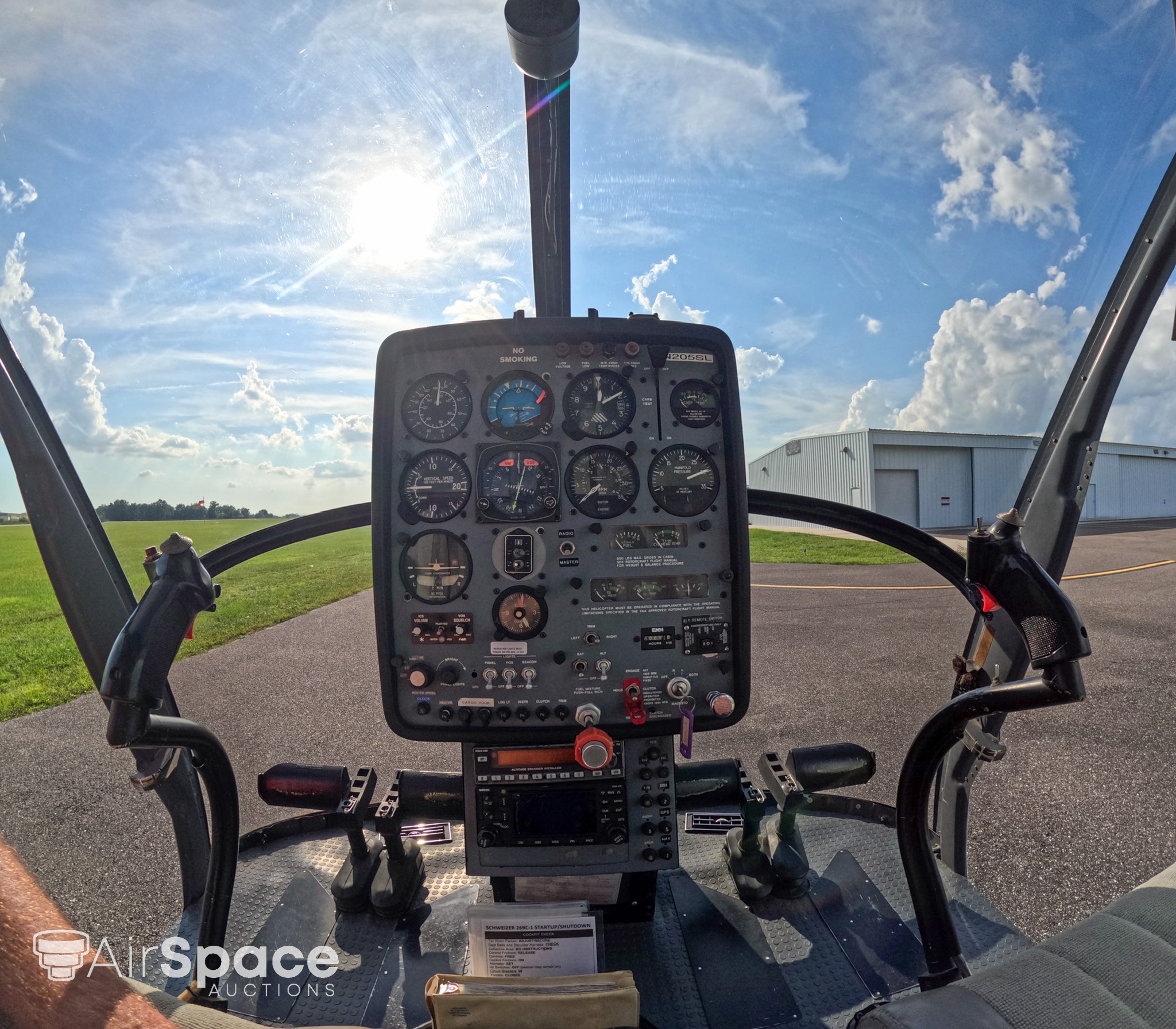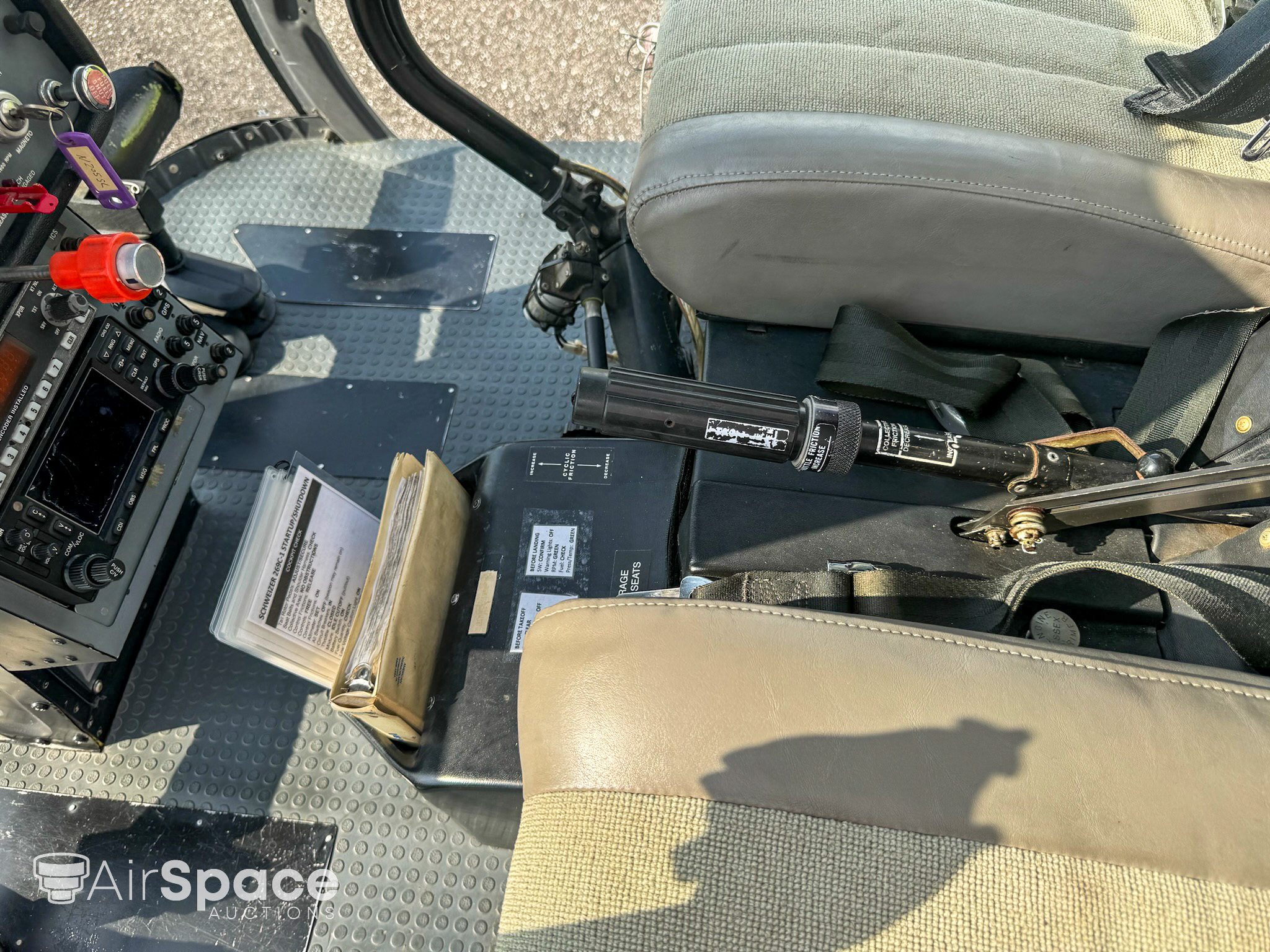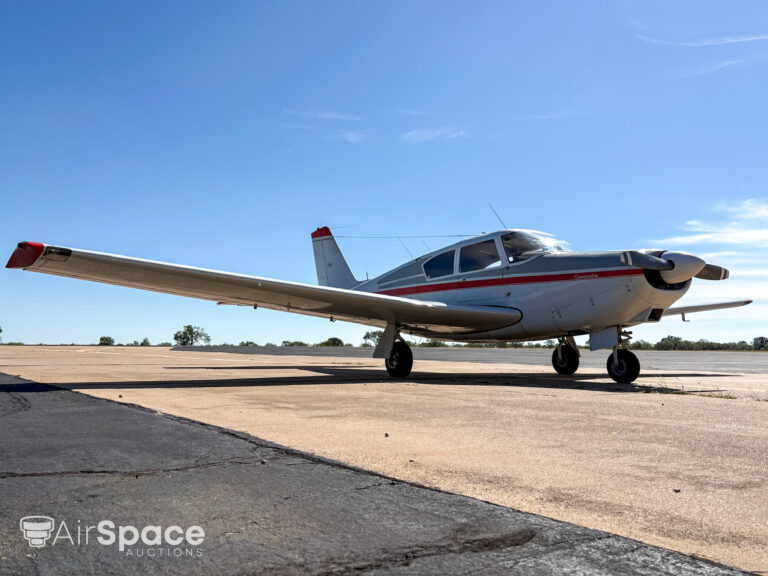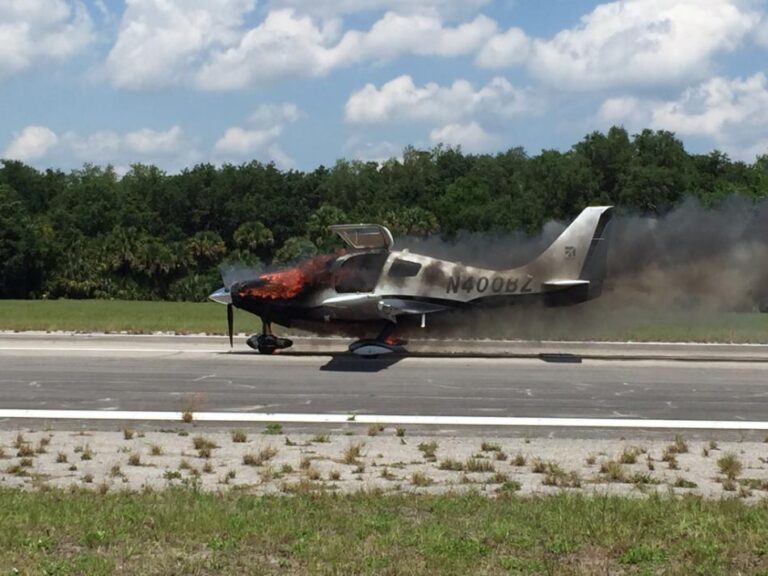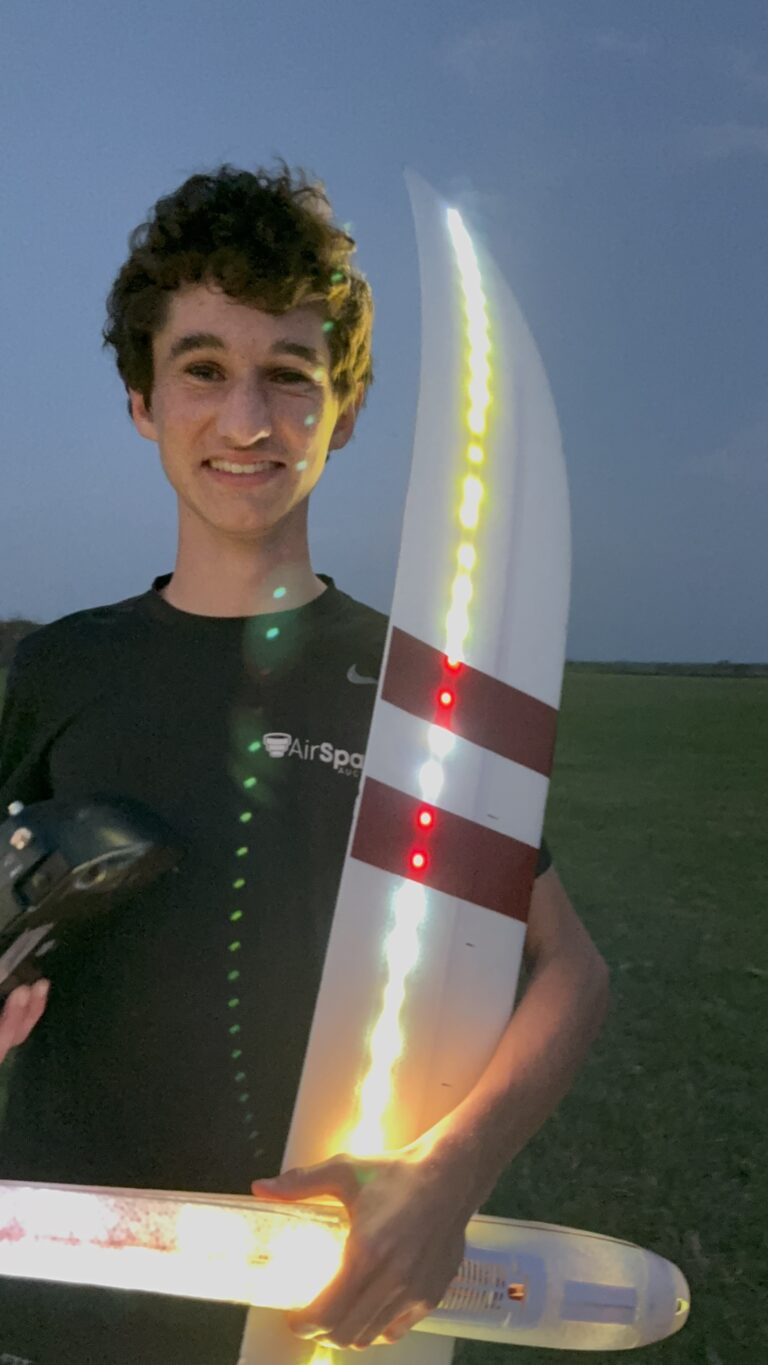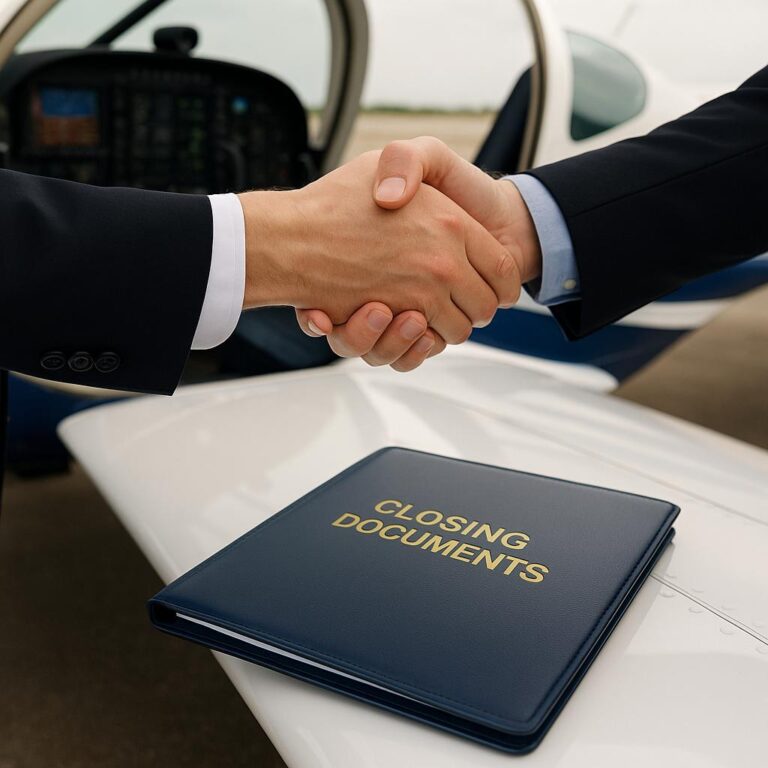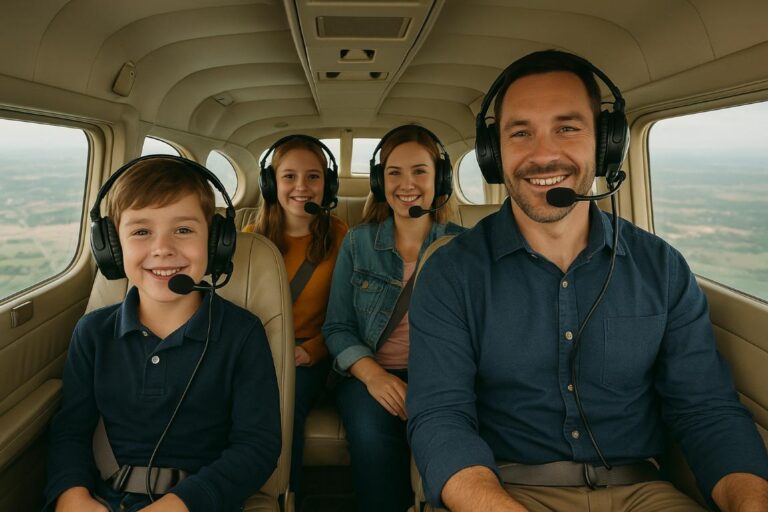The 1996 Schweizer 300: A Reliable and IFR-Capable Trainer
The Schweizer 300 series, and specifically the 1996 Schweizer 300 (269C-1), has a reputation for being a versatile, reliable, and cost-effective helicopter. Its solid performance as an IFR-capable trainer makes it an ideal choice for both new and experienced pilots aiming to obtain their instrument rating in a helicopter. In this blog, we will explore the history of the Schweizer 300, its uses, and Schweizer Aircraft’s legacy, with an emphasis on this particular model’s role as an IFR trainer. The details of an upcoming auction for this helicopter will also be highlighted, providing information about the airframe, engine, avionics, and other specifications.
History of the Schweizer 300
The Schweizer 300 series originated from a design by Hughes Helicopters in the 1950s. Initially named the Hughes 269, the helicopter became one of the most successful light training helicopters in aviation history. Schweizer Aircraft Corporation acquired the production rights to the Hughes 300 in 1983, renaming it the Schweizer 300. Over time, it underwent multiple upgrades and improvements, enhancing its flight characteristics, avionics capabilities, and engine performance. The helicopter gained popularity in both civilian and military training environments due to its stable flight and reliability, especially in low-speed and hover operations.
Schweizer Aircraft Corporation was known for producing high-quality, durable aircraft with a focus on affordability and safety. Founded in 1939 by Paul, William, and Ernest Schweizer, the company made significant contributions to general aviation, particularly in the manufacture of gliders, helicopters, and agricultural planes. In 2004, Schweizer became a subsidiary of Sikorsky Aircraft, ensuring the continuation of their long-standing tradition of quality aircraft production.

The 1996 Schweizer 300 as an IFR Trainer
One of the standout features of the 1996 Schweizer 300 is its capability as an IFR (Instrument Flight Rules) trainer. While many helicopters are used for VFR (Visual Flight Rules) training, the 300’s instrumentation and avionics allow pilots to train for and operate under IFR conditions. This makes it a unique and invaluable tool for helicopter flight schools and training programs.
Instrument training is essential for pilots who want to be able to fly in a broader range of weather conditions, increasing both safety and flight opportunities. The IFR-capable Schweizer 300 allows students to practice complex flight maneuvers and procedures that they would encounter in more advanced flying conditions, such as in cloud cover, fog, or low visibility. Its stability, combined with its cost-effectiveness, makes it one of the most accessible helicopters for aspiring instrument-rated helicopter pilots.
Uses of the Schweizer 300
Beyond its role as an IFR trainer, the Schweizer 300 is widely used in other sectors of aviation. It is commonly employed for pilot training, including primary and advanced flight instruction. Its ease of handling and forgiving flight characteristics make it a preferred option for training new helicopter pilots.
Additionally, the Schweizer 300 has been utilized in various roles, including aerial photography, agricultural work, powerline patrol, and law enforcement. The helicopter’s light, versatile design, combined with its ability to hover steadily, makes it an excellent choice for utility operations. Its popularity in multiple industries underscores its status as a reliable and well-rounded helicopter.

Airframe of the 1996 Schweizer 300 (269C-1)
The airframe of this particular 1996 Schweizer 300, registration number N205SL, is in excellent condition, having accumulated a total time of 6,340.6 hours. Despite its long operational history, the airframe has been well-maintained, and a fresh annual inspection was completed in January 2024. The airframe’s fuel capacity of 32 gallons gives it a range of approximately 440 nautical miles, allowing for extended flight operations. Its useful load of 645 pounds ensures that it can handle training missions or light utility operations with ease. The 1996 model, like its predecessors, is built to last, with durability being a key factor in its design.

Engine of the 1996 Schweizer 300
The helicopter is powered by a Textron Lycoming HO-360-C1A engine, which provides reliable power output for a variety of flight operations. With 738.3 hours since overhaul, the engine is in great condition, offering plenty of life before the next required overhaul. This four-cylinder, air-cooled, horizontally opposed engine is known for its smooth performance and ease of maintenance. The engine’s power output is well-suited to both IFR and VFR flight operations, making it versatile for different flight conditions.

Main Rotor and Tail Rotor
The main rotor blade has accumulated a total time of 1,555.4 hours since new, while the tail rotor blade has 871.1 hours since new. Both rotor systems are key components of the helicopter’s smooth handling and stability, especially in training scenarios where precision is crucial. The longevity and excellent condition of the rotor blades contribute to the aircraft’s overall reliability and performance.


Avionics Package
One of the highlights of this particular Schweizer 300 is its well-equipped avionics suite, making it ideal for IFR training. The aircraft is outfitted with a Garmin GNS 430W Navigator and Garmin GA 35 – ANT GPS WAAS, providing the pilot with accurate navigation and GPS capability. The BendixKing KI-525A Indicator, coupled with the KMT 112 Flux Valve and other supporting systems such as the Bendix King KA-51B Slaving Control and KG 102A Directional Gyro, ensure precise instrument readings necessary for IFR operations.
Additional avionics include an EX 1000 ELT (Emergency Locator Transmitter) system, CI-507 Diplexer VOR/GS, and an array of essential flight instruments such as the airspeed indicator, vertical speed indicator, and altimeter. The inclusion of a Sky Beacon ADS-B Out transponder further enhances situational awareness, providing traffic and weather data for safer flight in controlled airspace. This avionics package makes the helicopter fully capable of IFR operations and stands out in its category as a well-equipped trainer.

Exterior Condition
The exterior of the 1996 Schweizer 300 is in good mechanical and cosmetic condition. Its red, white, and blue paint scheme, featuring Cleetus McFarland’s Freedom Factory livery, adds a unique and recognizable look to the helicopter. However, the decals can easily be removed if desired. The overall exterior shows minimal wear and is free from significant damage, making it both an eye-catching and durable choice for the next owner.
Interior Condition
Inside, the helicopter features gray seats, flooring, and paneling, all of which are in good condition. The interior is free of any noticeable tears or abrasions, providing a comfortable environment for both pilot and co-pilot. The two-seat configuration is typical for this helicopter model, making it suitable for one-on-one training or short utility missions. The cockpit layout is simple yet functional, ensuring that pilots have easy access to all necessary controls and instruments during flight.
Additional Features
This helicopter is equipped with several additional features that enhance its usability. The 269A4451-1 cabin heater ensures comfort during colder flights, while the dolly wheels allow for easy ground transport. Doors are also included, making it suitable for various operational environments. The overall mechanical and cosmetic condition of this helicopter is excellent, making it an attractive option for both private buyers and flight schools.

Auction Information
This particular 1996 Schweizer 300 (269C-1) is being auctioned by Airspace Auctions from October 23 to October 30, 2024. The starting bid is set at $80,000, and there is a 6% buyer premium. A $3,000 deposit is required to participate in the auction. The helicopter is located in Plant City, FL, and has been regularly flown, as seen on Cleetus McFarland’s Freedom Factory and Jimmy’s World. This provides potential buyers with confidence that the aircraft has been well-maintained and is in top operational condition.
Conclusion
The 1996 Schweizer 300 (269C-1) stands out as an excellent IFR-capable trainer, offering reliability, performance, and value. Its well-maintained airframe, powerful Lycoming engine, comprehensive avionics package, and overall good condition make it a great choice for flight schools, private pilots, or anyone looking to expand their aviation capabilities. With its upcoming auction, this helicopter presents a unique opportunity to own a piece of aviation history while benefiting from a proven platform that continues to excel in the industry.

